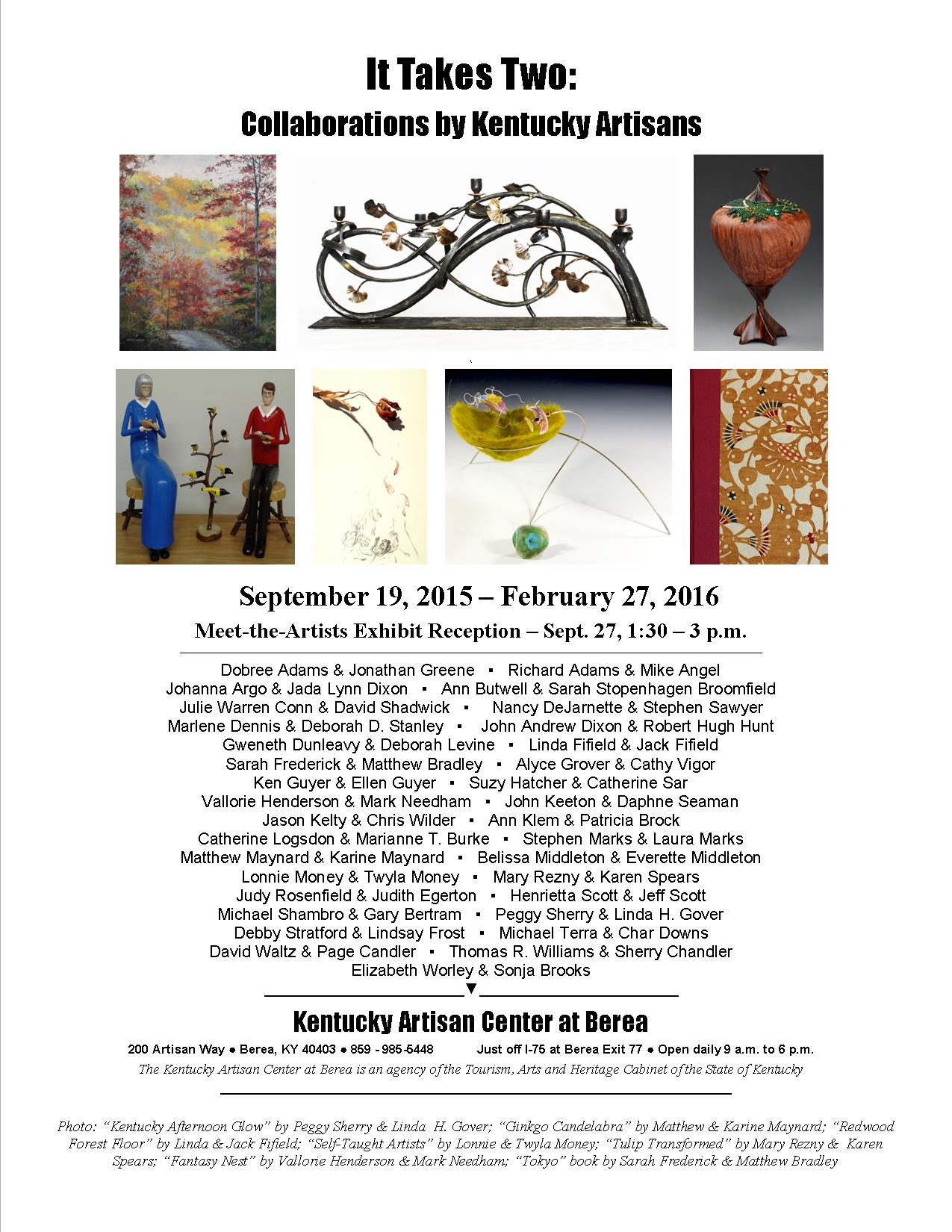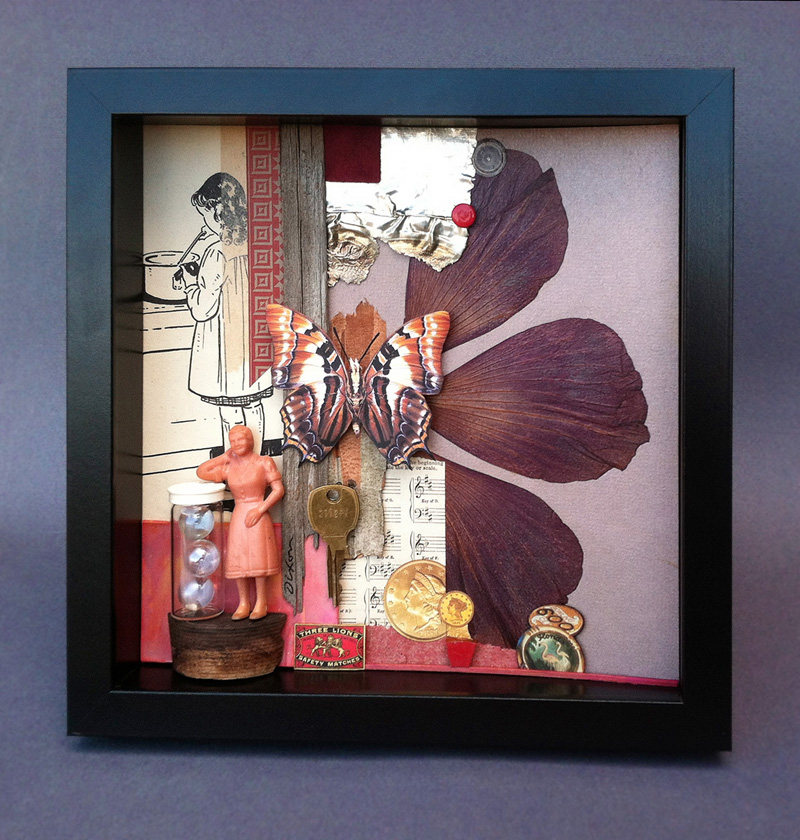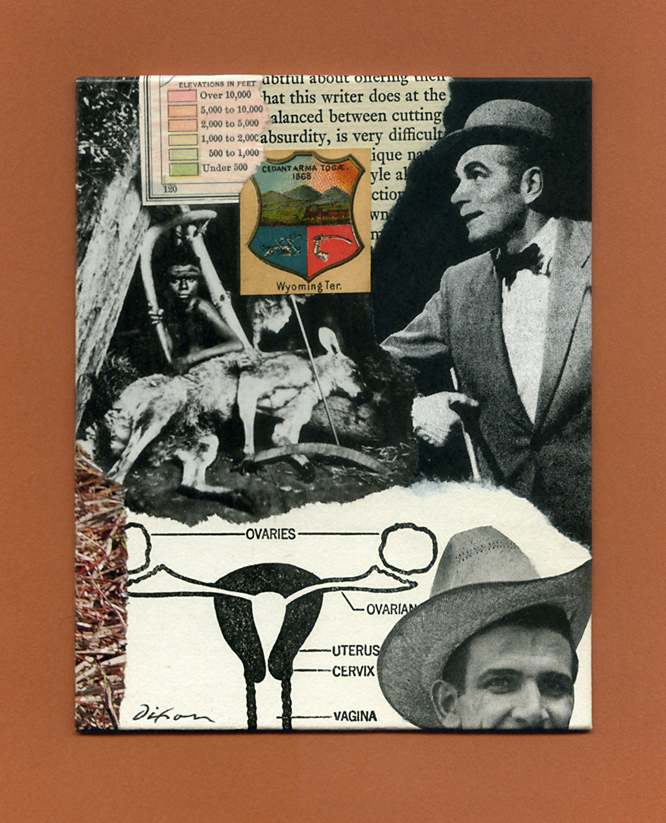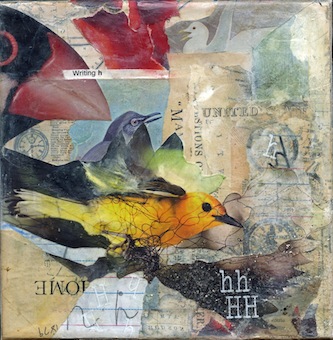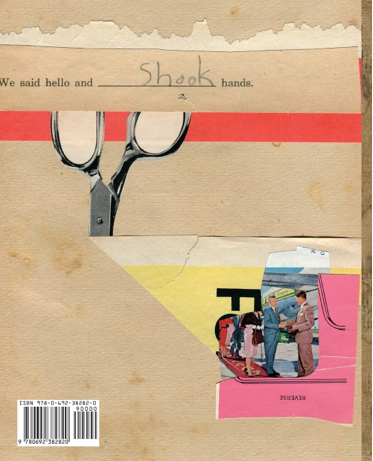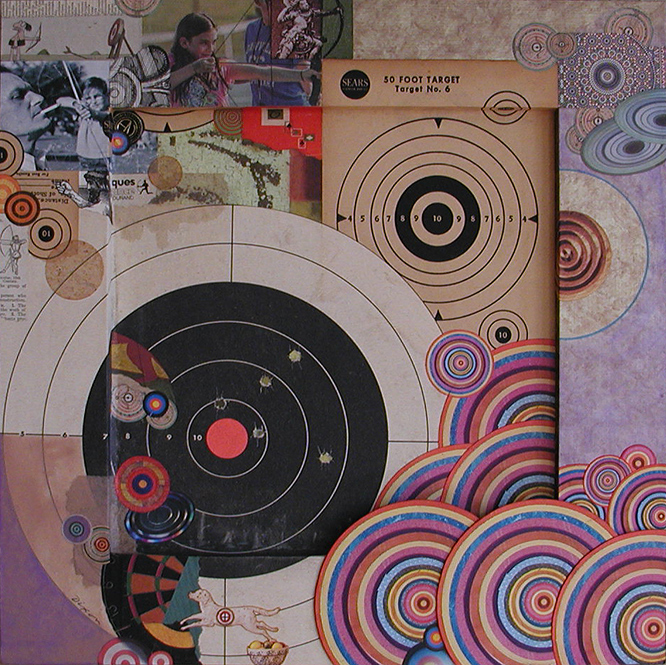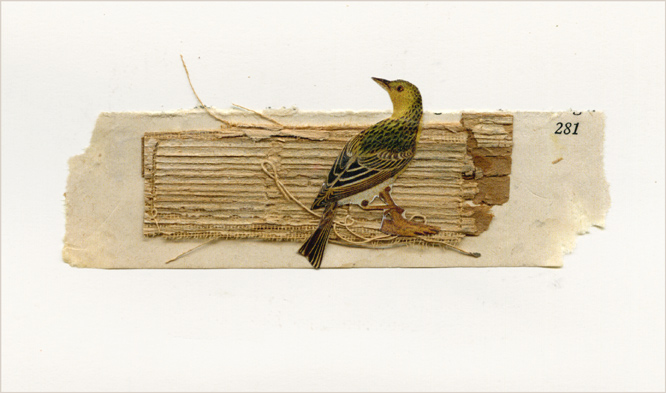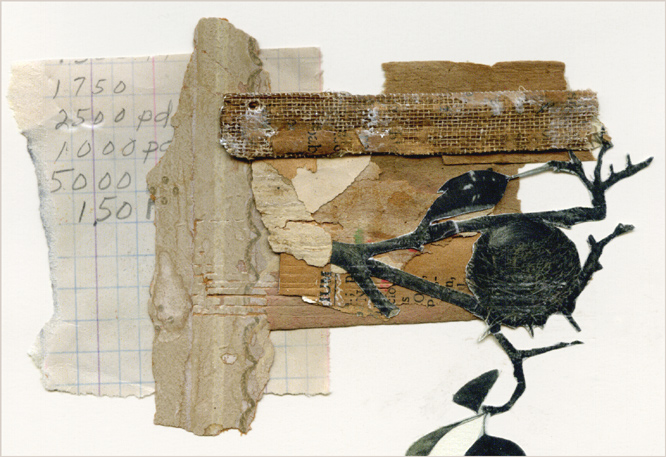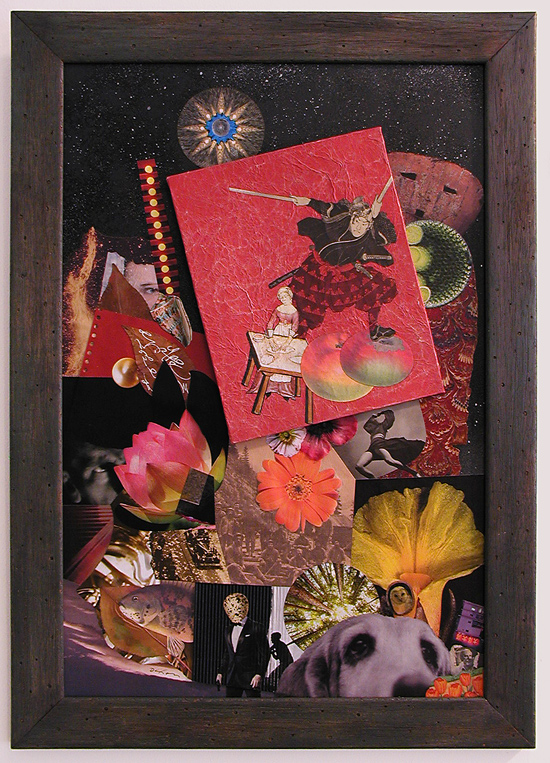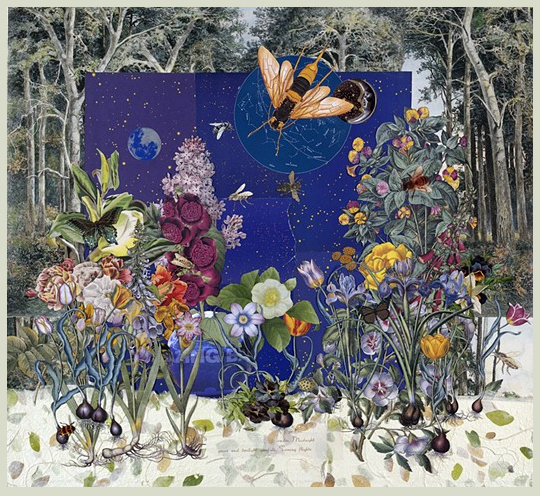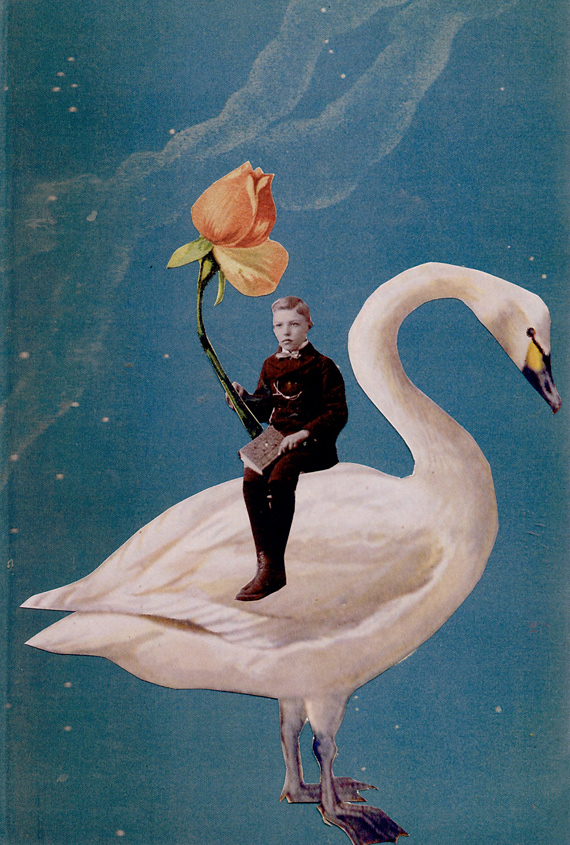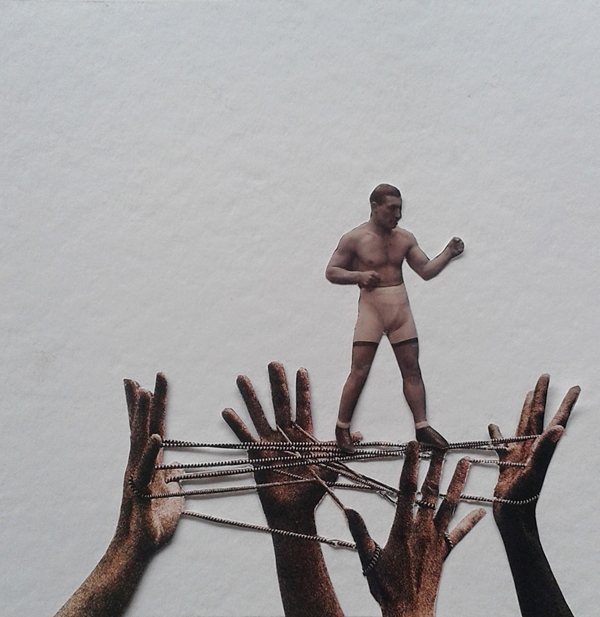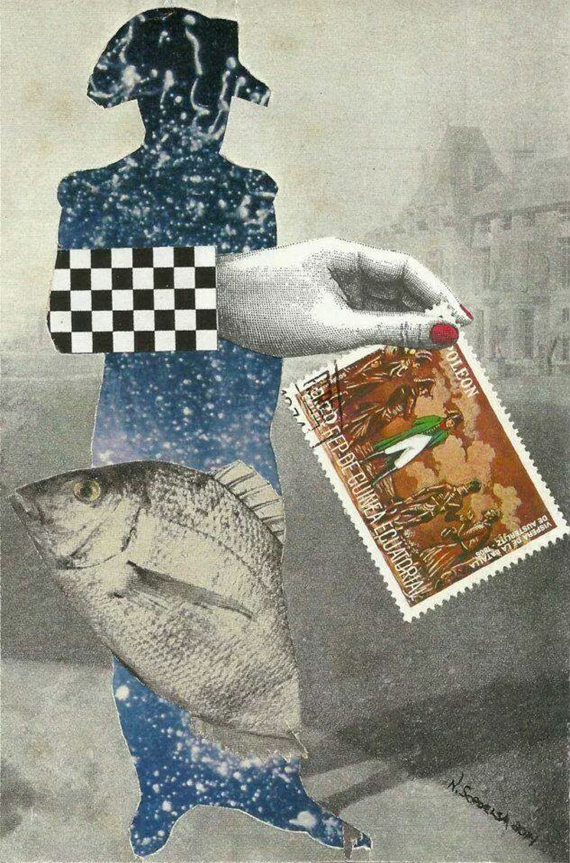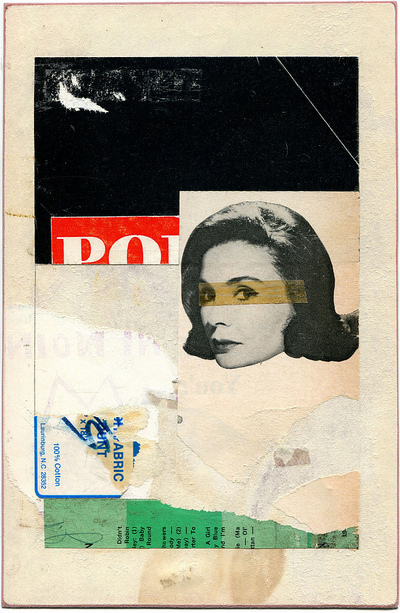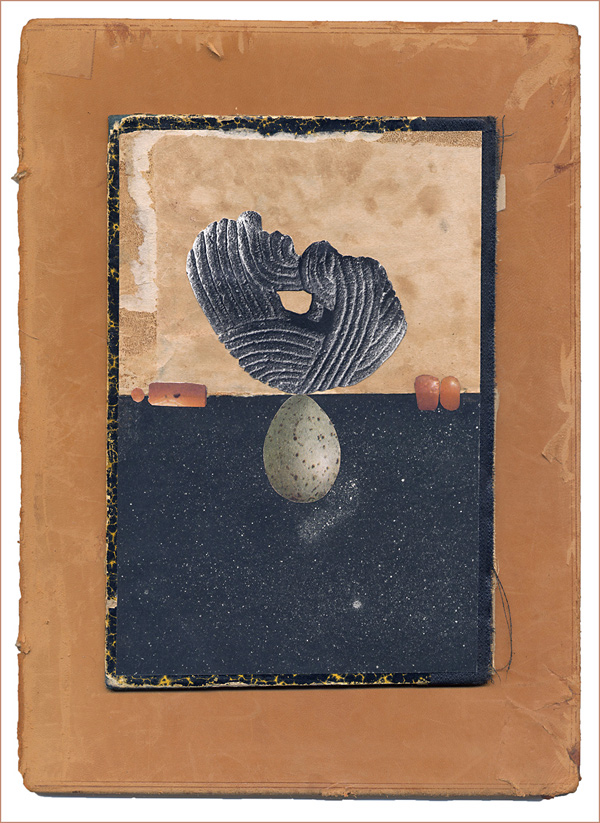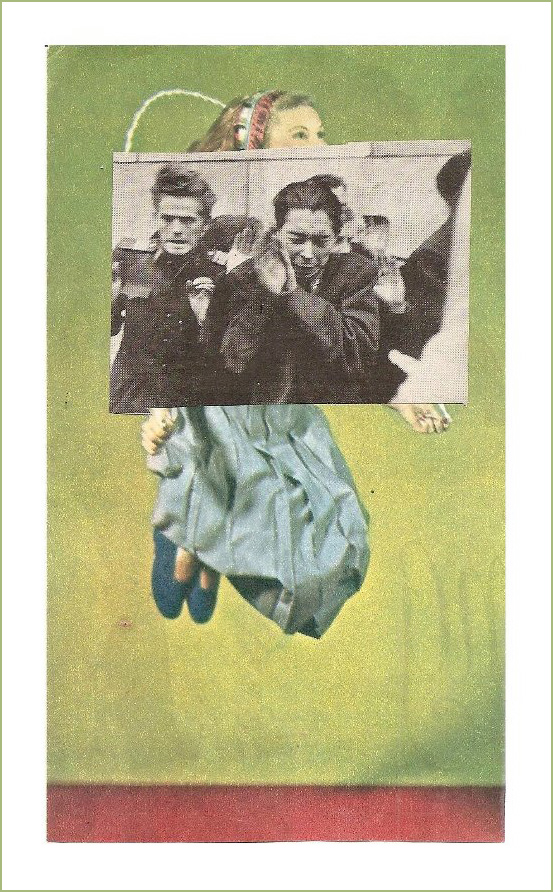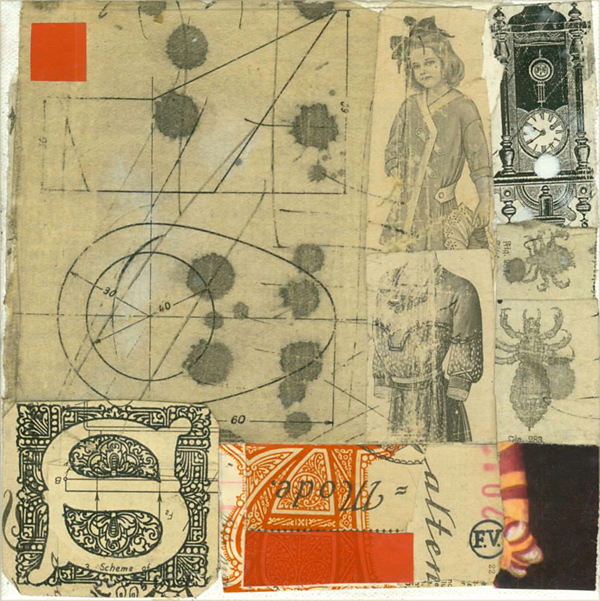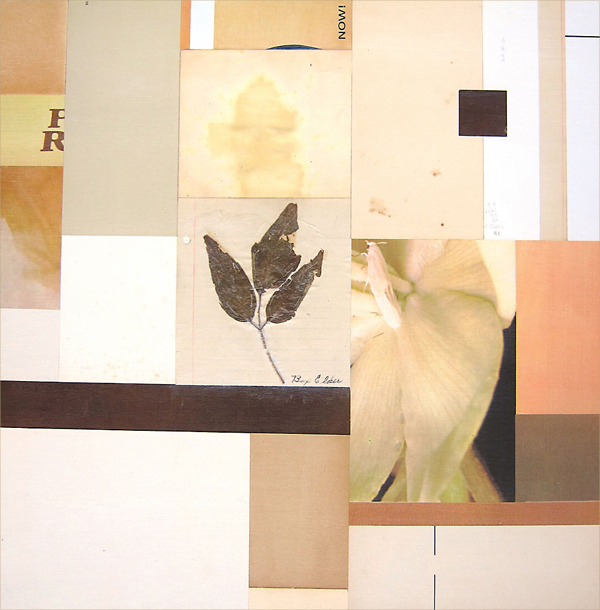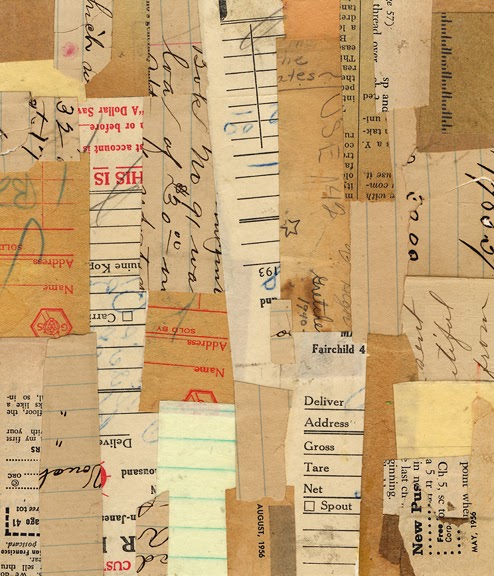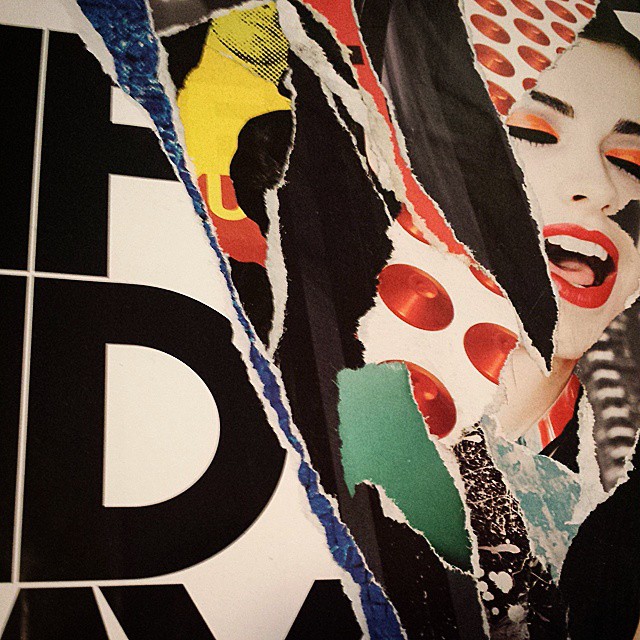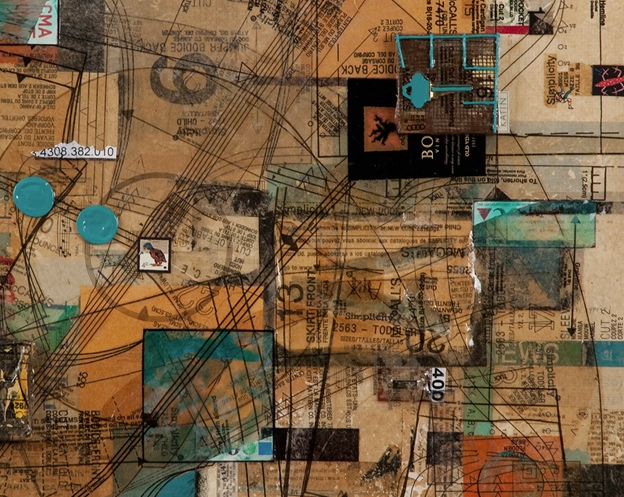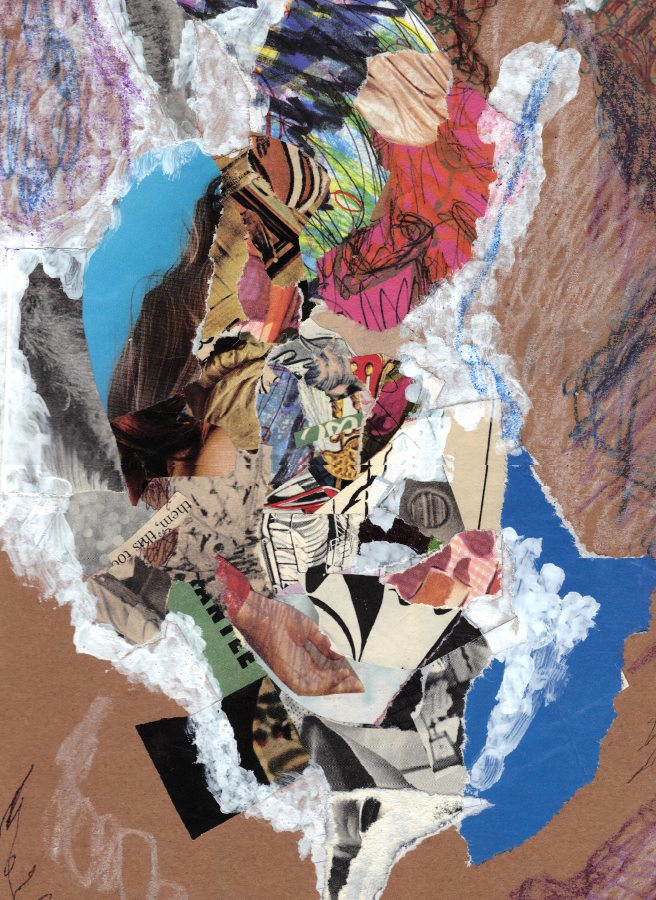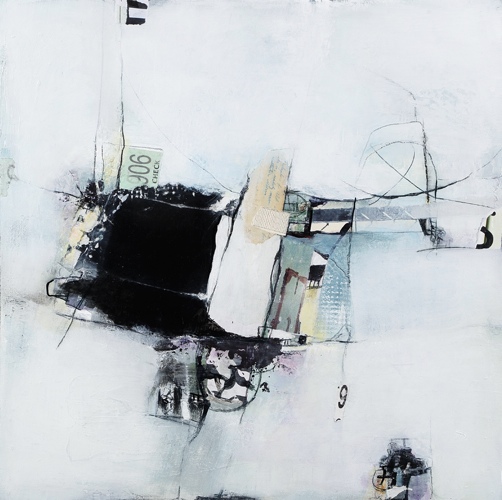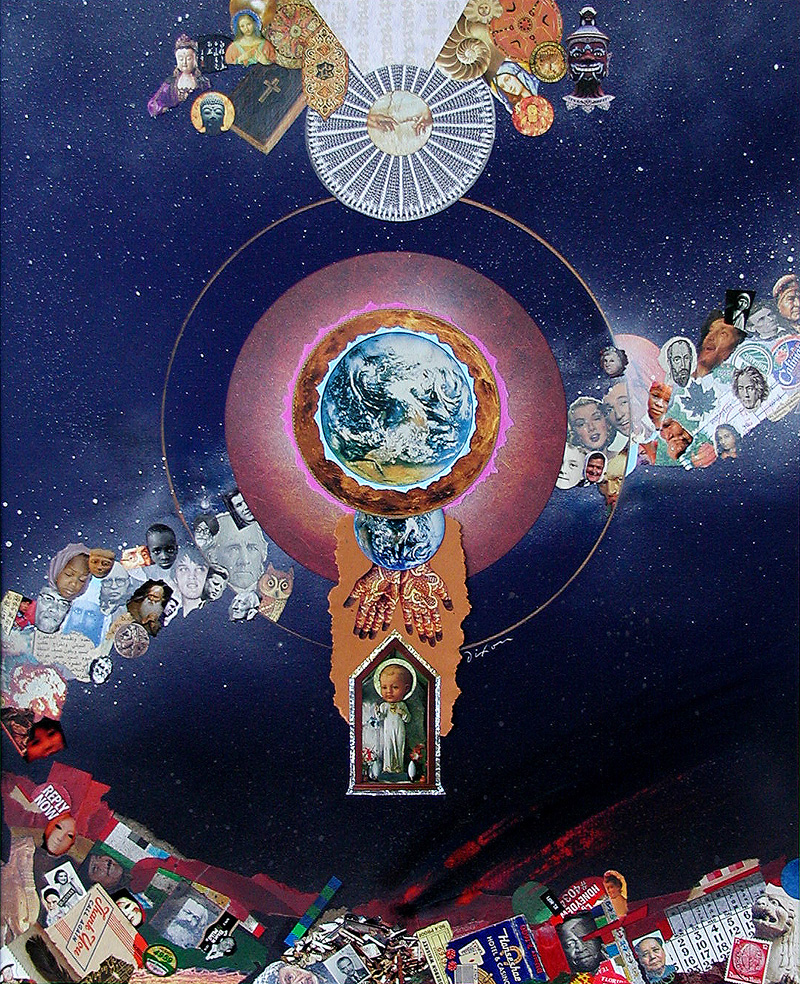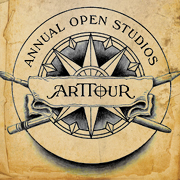
It pleases me to let everyone know that we shall open our studio and gallery to the public again during the first weekend of November. For more information, please visit our facebook page.
Archive for the ‘Links’ Category
Friday, September 25th, 2015
Pleased and honored . . .
Friday, September 18th, 2015Well, just in case I have not made myself crystal clear — I am very pleased and honored to be represented in this exhibition with my “co-conspirator” Robert Hugh Hunt. I trust there is plenty of time for a lot of people to see what is shaping up to be a distinctive show. Perhaps that includes you!
Not So Big
Monday, August 3rd, 2015“Shadow boxes become poetic theater or settings wherein are metamorphosed the elements of a childhood pastime.”
— Joseph Cornell
The creations of Joseph Cornell are small, and remained so throughout his unusual life as an artist, even as many of his contemporaries responded to the fashion of producing ever larger works. For me, a salute to this influential American seemed like the fitting approach when I decided to enter notBIG(3), an annual juried exhibition devoted to small art. I am pleased to have had a piece accepted to this show, which hangs from 8/11 to 9/11 at Lexington’s M S Rezny Studio/Gallery.
The “poetic theater” of little shadow boxes is not an isolated medium in collage/assemblage. To consider one’s activity in this comprehensive oeuvre as anything but an homage to Cornell would be an act of mild self-delusion. His singular, enduring presence overarching the genre must be acknowledged. There was a concern that my taking this approach with the notBIG(3) entry might appear to the juror as too derivative, but I pushed ahead with the “sincere flattery” of my plan. I had failed to crack this competition in its previous calls to artists, and I had hopes that the third time would be a charm for me. In addition, I wanted to assemble a range of ingredients outside my norm, including metal, wood, organic material, glass vials, and vinyl dimestore figures.
I created and entered two works as a pair — Histopia and Hertopia — a dual allusion to Utopia Parkway and its significance to the art history of the 20th century. It was not possible to enter both as a combined entry because the dimensions would have exceeded the size limitation of 12 x 12 inches. Only the first shadow box was selected. I was delighted to learn of my getting in the show, but it came with a small serving of disappointment, knowing that the gender balance of my overall idea would be lost with the “boy scene” presented to viewers by itself. It is something I can accept. Out of 380 works submitted, the 45 artists who make up the exhibition have a single artwork included. At any rate, this is what blogsites are for. Both pieces can be viewed together, and I have the opportunity to explain the whole thing to anyone kind enough to read this far. I also anticipate that many of you will be able to visit what appears to be shaping up as a strong exhibition. The opening reception is Friday evening, August 14th, 5 to 8 pm.
Histopia
collage/assemblage in shadow-box frame by J A Dixon
10 x 10 x 1.75 inches, available for purchase
Hertopia
collage/assemblage in shadow-box frame by J A Dixon
10 x 10 x 1.75 inches, available for purchase
Selective Fusion
Monday, July 13th, 2015“Schwitters subjected his bits of flotsam to an organizing principle resembling the vertical scaffolding of Analytic Cubism, thus transforming the diverse components into formal elements.”
— Nancy Spector
Color and composition may be the most common denominators of all visual art. Collage, by its nature, relies on a combination of separate, often disparate elements, and those two fundamentals generally play a more prominent role in the finished effect, but that does not make collage essentially a category of abstraction. A minimalist concept built on a provocative juxtaposition or image insertion can be a predominantly figurative or representational approach, even if symbolic or surreal ideas are introduced. On the other hand, collage artworks rooted in the seminal innovations of Kurt Schwitters pay primary tribute to a tradition of abstraction now more than a century old. Of course, the medium had other early pioneers, but it is difficult to imagine the trajectory that collage might have taken without his towering influence. Personally, I have no qualms about continuing to respectfully mine the rich vein of creative ore he helped to expose. Whether it proves to be a nonrenewable resource has yet to be shown.
Selective Fusion
collage on structured panel by J A Dixon
13.375 x 11.75 inches
not for sale
Sunday, May 3rd, 2015
WYOMING
by Brendan Adkins
Leonard and I were in Wyoming just long enough to stop for gas off the Laramie exit.
The Vagina Monologues was my second college play, and The Laramie Project the second-to-last. They were the only times that I felt meaningful, in drama, loud and bright and kicking teeth. Every acting student in this decade has had those feelings about those plays. That doesn’t reduce their significance.
Laramie was an offhand pilgrimage, a place to throw the ashes of a twelve-year dream. I was done with acting. I’d begun to write.
Leaving, I bought a local newspaper: the Boomerang.
WYOMING is licensed under a
Creative Commons Attribution-Share Alike 3.0 License.
The Boomerang
collage miniature by J A Dixon, 4 x 5 inches
inspired by WYOMING
(Ommatidia, Thursday, January 26, 2006)
collection of B C Adkins
Collaboration in Collage, part 3
Tuesday, February 24th, 2015“We suspect that individual practices function more similarly to collective practice than most people imagine. Whether explicitly acknowledged or not, all forms of production are fundamentally based on collaboration in the sense that the artist inevitably draws on the influences and innovations of existing culture. In this sense, we feel that autonomous authorship only exists as cultural mythology.”
— Soda Jerk (Berlin-based Australian duo)
Collaboration is expanding within the medium and taking many forms. Collage artists are teaming their talents to produce publications, for example. FABA Collage Mag (For And About Artists) is preparing to release its second issue.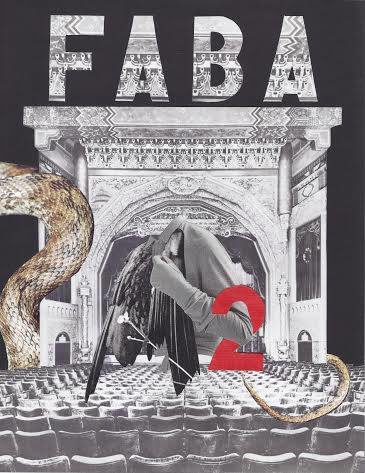 Allan Bealy recently brought together the work of more than two dozen active creators to “Explode the Alphabet” with his Z2A. Each spread features an original solo collage based on the designated letter. Zach Collins takes the idea of synergy another step with a major exposition of how dynamic international collage collaboration has become. Anyone who has tracked the prolific artist could see this coming. We Said Hello and Shook Hands documents the results of his relentless series of virtual “jam sessions” from the past few years. Both publications benefit from the able editing of fellow collage artist Laura Tringali Holmes.
Allan Bealy recently brought together the work of more than two dozen active creators to “Explode the Alphabet” with his Z2A. Each spread features an original solo collage based on the designated letter. Zach Collins takes the idea of synergy another step with a major exposition of how dynamic international collage collaboration has become. Anyone who has tracked the prolific artist could see this coming. We Said Hello and Shook Hands documents the results of his relentless series of virtual “jam sessions” from the past few years. Both publications benefit from the able editing of fellow collage artist Laura Tringali Holmes.
It remains to be seen whether or not we can expect a tide of post-centennial self-publishing, now that evolving technology has opened up new opportunities for collage artists outside the conventional art-book world. In any case, these examples are worthy of attention, as we build our collector libraries during this exhilarating period for collage.
H is for Homecoming
collage with mixed media by L T Holmes
8 x 8 inches, beeswax finish
part of Z2A by A Bealy
We Said Hello and Shook Hands
collage collaboration by Z Collins and F Free
back cover of We Said Hello and Shook Hands by Z Collins
Bull’s-eye Nosegay
Wednesday, February 11th, 2015“To get to be somebody who gets to love what they do for a living, that’s so rare, and so there must be some kind of price you have to pay.”
— Ethan Hawke
The Target Practice Project shows no signs of winding down. Two of the vintage targets from L T Holmes were still in my possession, so I started another piece last summer. 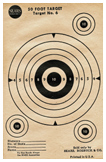 It had a stubborn inertia of its own that repeatedly would cause me to set it aside until the next phase came into focus. It’s funny how a certain artistic progression can have “a mind of its own,” so to speak, and others can fall into place like clockwork. One of the things I appreciate most about collage is getting into an effortless “flow,” but there is something to be said about having to dig deeper to pull the solution from a more difficult effort. In those situations, a different kind of fulfillment is the reward — the sense that I have pushed by craft to a new level. It may not seem as joyful, but I feel just as fortunate to be involved in something I love to do. And it makes me stop and think that perhaps, when that easier process is flowing, it could be the exact moment to mix it up, take a risk, lose my footing, defy the comfort, and pay the price.
It had a stubborn inertia of its own that repeatedly would cause me to set it aside until the next phase came into focus. It’s funny how a certain artistic progression can have “a mind of its own,” so to speak, and others can fall into place like clockwork. One of the things I appreciate most about collage is getting into an effortless “flow,” but there is something to be said about having to dig deeper to pull the solution from a more difficult effort. In those situations, a different kind of fulfillment is the reward — the sense that I have pushed by craft to a new level. It may not seem as joyful, but I feel just as fortunate to be involved in something I love to do. And it makes me stop and think that perhaps, when that easier process is flowing, it could be the exact moment to mix it up, take a risk, lose my footing, defy the comfort, and pay the price.
Bull’s-eye Nosegay
mixed-media collage on framed panel
vintage target from L T Holmes
17 x 17 inches, currently not for sale
featured at The Target Practice Project
More than a dalliance this time . . .
Wednesday, January 21st, 2015“The best part about mail art is that you don’t have to be there in person to be in on the action.”
— Anna Banana
First of all, I must admit I do not know all that much about the practice of “postal art.” Although I have mailed thousands of gift art items over the decades (usually disguised as greeting cards), I have never considered myself a “mail art” enthusiast, having had only indirect contact with the popular activity. I am aware that Ray Johnson was a seminal force in the phenomena, and that many think he envisioned the virtual community long before today’s online social networks took hold. Blogsites such as Jennie Hinchcliff’s exuberant every day should be a red letter day have enabled me to experience an enthusiasm for the genre in a vicarious way. For those who create collage, the art form has overlapped with collaboration to some degree, with the essential exchange of creations taking place. Like many artists, I have some major problems with the “art world” as an entrenched, elitist institution, but, because I have no philosophical bias against the idea of an “art marketplace,” the correspondence art movement never has had much of a grip on my sentiments or available time. Nevertheless, I strongly identify with the inclusiveness and magnanimity at the heart of the practice.
I am not entirely sure why I responded to a recent mail art proposition from Nancy Gene Armstrong, but I had taken note of her work for the first time last year and the appeal of having an example of it arrive for me in the mail was undeniable. It came as a vertical design, nearly 26 inches tall, that unfolded in a paced, rolling presentation. Below are two exquisite details from her generous offering.
two mail art details
collage by N G Armstrong
collection of J A Dixon
A universal antidote . . .
Saturday, January 17th, 2015“Self-consciousness is the enemy of all art, be it
acting, writing, painting, or living itself, which is
the greatest art of all.”
— Ray Bradbury
I was honored, but also thrilled, to accept my third invitation for the “New Year New Art” exhibition at our local Community Arts Center, one of the outstanding cultural institutions in Central Kentucky. The extraordinary thing about this annual show is a freedom to display, 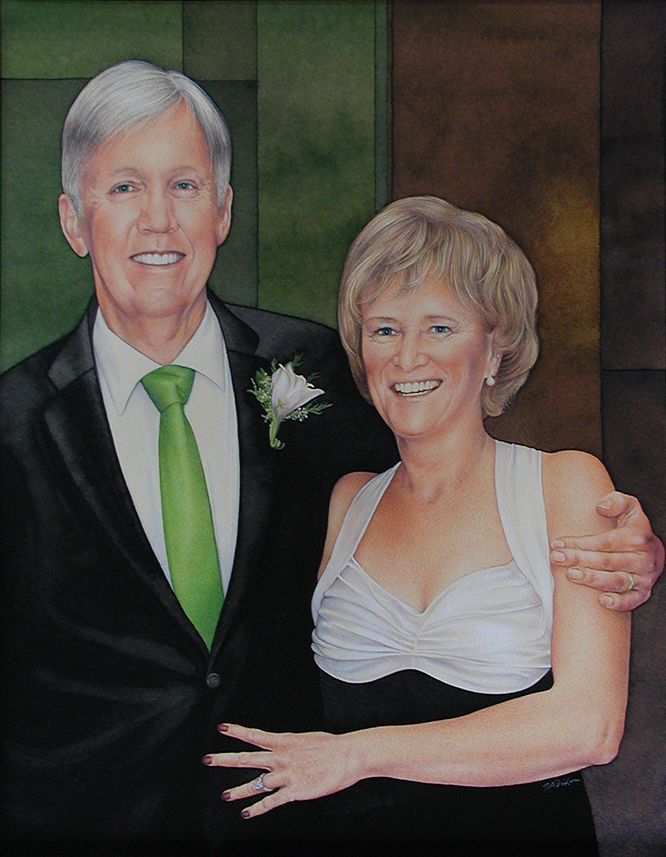 without juried appraisal, one or two pieces for which one has passion. The only restriction is that the work not be over four months old. I decided to create something around the holidays specifically for the opportunity, and, because I had just completed a difficult portrait commission in watercolor and pencil, a more personal form of expression was a welcome idea. I had used an illustrative, “news-magazine-cover” style that always has had great appeal to me, but that over the years has challenged my self confidence and repeatedly has put my perfectionist tendencies to a stress test. Fortunately, I have discovered a universal antidote for all that — collage.
without juried appraisal, one or two pieces for which one has passion. The only restriction is that the work not be over four months old. I decided to create something around the holidays specifically for the opportunity, and, because I had just completed a difficult portrait commission in watercolor and pencil, a more personal form of expression was a welcome idea. I had used an illustrative, “news-magazine-cover” style that always has had great appeal to me, but that over the years has challenged my self confidence and repeatedly has put my perfectionist tendencies to a stress test. Fortunately, I have discovered a universal antidote for all that — collage.
For the January exhibition I wanted to do something fresh, to surprise myself, but also, as most artists prefer, to create something that would please others, that would excite an individual’s subjective response. Mixed-media collage is a medium that people find both provocative and delightful, and to which I am strongly committed, but that should be no surprise to anyone who follows this site. As a working designer and graphic artist, I return to collage on a nearly daily basis as fuel for my creative life and a potent solvent for that side of myself which continually flirts with self doubt if something might not turn out exactly as I imagine it should. All that nonsense fades away when I incite the spontaneity of this magnificent medium.
Of course, I remain captivated by the ability to make something of value from material that otherwise would be thrown away or recycled. I enjoy creating artwork that has bold visual appeal from across a room, but that also provides a depth of interest at close observation, with many stimulating details within an intimate viewing distance. “Matthew’s Touchonic Lodge” is primarily an abstract composition, and I salute two collage artists whose work I admire with my title and embedded allusions. “Apparition Rising” uses ingredients that are more whimsical, but perhaps slightly “spooky” at the same time. A phrase from a song that I like sparked the genesis of its assembly. Both are significantly larger than my typical miniature, more dimensional than a standard flat surface, and, as with all my designs, I worked intuitively with color, contrast, and the activation of space. In addition, I continue to push the effect of collage as a stand-alone treatment that does not demand the protective glass barrier. Please let me know what you think of these new works.
Matthew’s Touchonic Lodge
mixed-media collage by J A Dixon
22.5 x 20 inches, December 2014
title source: homage to artists M Rose and C Touchon
Purchase this artwork!
Apparition Rising
mixed-media collage by J A Dixon
19.5 x 27.5 inches, December 2014
title source: from the song “Ghost Town” by J Brasfield
also available for purchase
On Nostalgia in Collage
Thursday, December 11th, 2014“ . . . what I am hoping to do is discover if it is possible to separate nostalgia and collage art, or determine whether the two are inextricably entwined.”
— Joel Lambeth
In a blog entry last month, collage artist Joel Lambeth asked the challenging question, “Is collage inherently nostalgic?” It is one of the more provocative pieces about our medium that I have read this year, although a bit wordy in places. Admittedly, most working collage artists like us who maintain blogs that purport to be more than an online portfolio are not the finest writers alive, and I salute him for not choosing to approach the topic in a superficial way. Nevertheless, it is always risky to generalize about anything, but Lambeth cuts deeply into the subject to probe the history and heart of collage as an art form, and he manages to avoid a semantic discourse on the definition of the word “nostalgia.” His thoughtful viewpoints have sparked a desire on my part to weigh in (with what also may prove to be an entry more verbose than usual).
The groundbreaker Max Ernst worked with vintage engravings, perhaps to emphasize his anti-traditionalist intentions.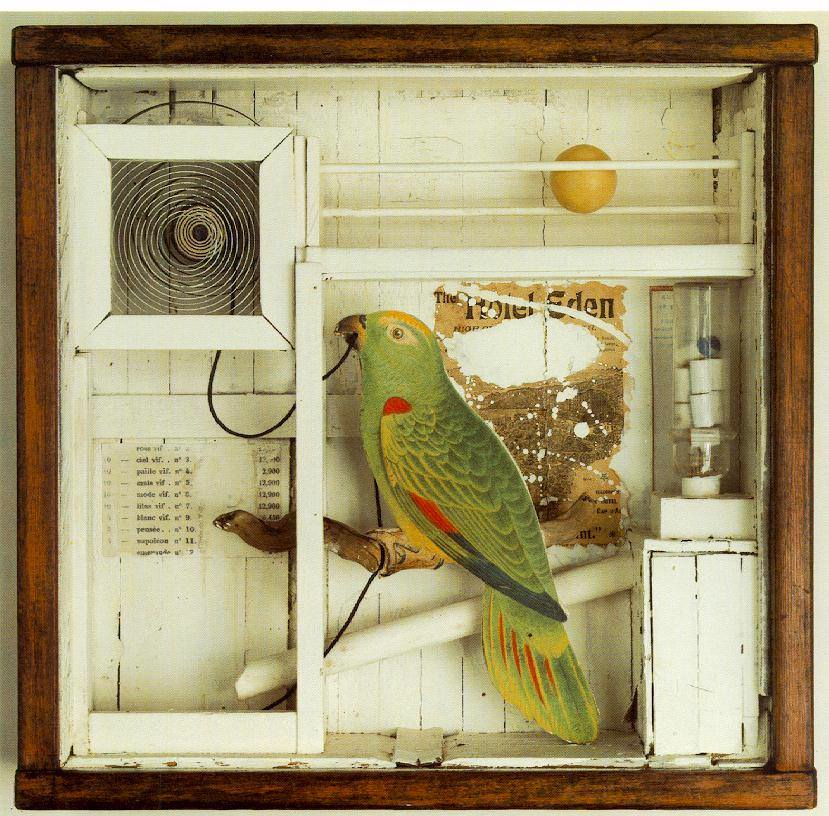 He influenced Joseph Cornell, who captured feelings of personal nostalgia with innovative effects that were as cutting-edge as they were fixated on musings about the past. When analyzing collage artwork with respect to the idea of nostalgia, we must take into consideration the artist’s motivation in addition to the overall character of the medium. When I look at current examples from the daily waves of creative output, it is clear that nostalgia in collage plays out along a spectrum or continuum like nearly every other feature of the process, whether it be minimalism/maximalism, realism/surrealism, or representation/abstraction.
He influenced Joseph Cornell, who captured feelings of personal nostalgia with innovative effects that were as cutting-edge as they were fixated on musings about the past. When analyzing collage artwork with respect to the idea of nostalgia, we must take into consideration the artist’s motivation in addition to the overall character of the medium. When I look at current examples from the daily waves of creative output, it is clear that nostalgia in collage plays out along a spectrum or continuum like nearly every other feature of the process, whether it be minimalism/maximalism, realism/surrealism, or representation/abstraction.
It is surprising to me how many contemporary collage artists work exclusively with old ingredients, but that does not mean necessarily that their agenda is merely to traffic in sentimentality. Sara Caswell-Pearce and Nancy Gene Armstrong are among those who appear to harness nostalgia as a conscious objective in their work while achieving a broad balance of artistic creativity. Many collage artists, such as Carolina Chocron, Nikki Soppelsa, Ross Carron, Fred Litch, Laura Collins, and Frank Voigt are more apt to generate nostalgic tones as a byproduct of incorporating vintage ingredients into strong compositions. Only these individuals could clarify to what degree they actively try to convey impressions of an era gone by. The versatile Zach Collins and Randel Plowman, although they frequently work with obviously old paper, both seem to be engaged in ongoing visual investigations more primary than any sense of nostalgia embedded in their finished works.
Lambeth compares the nostalgic impulse to the process of collage itself and concludes by suggesting “that at a very base level collage and nostalgia have more in common than they do separating them.” He acknowledges the contemporary effort to transcend the inherent bias that the medium may have toward nostalgia. Perhaps he, Marc Deb, Launa Romoff, Andrew Lundwall, Teri Dryden, and numerous other artists are making the push beyond any fundamental nostalgic essence. If so, collage, after more than a hundred years, is cycling back to its roots, when Kurt Schwitters, who always considered himself a painter, became convinced that the pasted detritus of his environment was equally as legitimate as a brushstroke of oily pigment.
Midnight Gambol: Or Why The Bees Slept In Every Morning
mixed-media collage by Sara Caswell-Pearce
A Boy and a Swan
collage by Nancy Gene Armstrong
descosiendo el cuadrilátero
collage by Carolina Chocron
Napoleon shows his hand
collage by Nikki Soppelsa
untitled
collage by Fred Litch
Nubecula Cum Ovi
collage by Ross Carron
Jump
collage by Laura Collins
untitled
collage by Frank Voigt
141zc14
collage on wood panel by Zach Collins
August Night
collage by Randel Plowman
Ripping It Up
collage by Joel Lambeth
Imperfect Parallels
collage by Marc Deb
the parrot (detail)
mixed-media collage by Launa D Romoff
Substance
mixed-media collage by Andrew Lundwall
9 Lives
mixed-media collage by Teri Dryden
Fifteenth Cosmosaic
Wednesday, November 5th, 2014“Curiosity about the unknown has no boundaries. Symbols, images, place and cultures merge. Time slips away. The stars, the cards, the mystic vigil may hold the answers. By shifting the point of view an inner spirit is released. Free to create.”
— Betye Saar
Cosmosaic was the word I chose in 1998 for a collage series that marked my first efforts at bringing to larger artworks what I had learned from creating numerous miniatures. They were intended as gifts for loved ones, with each focusing on the unique soul of the intended recipient. After completing fourteen of them over a seven-year span, I produced another in 2006 to exhibit with The Society of Layerists in Multi–Media. It relied on a more time-intensive technique than prior Cosmosaics, was more deliberate in conceptual development, was meant for no specific individual, and was more overtly metaphysical than any collage artwork I had done previously. As far as I was concerned, it was clearly a Cosmosaic, but it also stood apart from the series pattern and subsequently made the rounds of various exhibitions between periods of storage until we expanded our gallery space last year. Just as I had settled into the idea that this piece might always reside at my studio, it found a buyer this past weekend during the Open Studios ARTTOUR.
After looking through some old promotional notes, I was a bit surprised to discover the degree to which I had described the piece in spiritual terms:
“The largest composition in an eight-year series, this most recent ‘Cosmosaic’ represents my intensified concern with symmetry, proportion, and balance, both thematically and aesthetically. A spontaneous blending of found material — symbolic images, familiar icons, and mundane fragments — it shapes an interpretation of ‘the moving stream of life.’ The visual approach reinforces my sense of a profound interconnectedness, with eternal access to atonement, forgiveness, illumination, opportunity for soul attainment, and individual freedom through the Universal Christ.”
Fifteenth Cosmosaic
mixed-media collage by J A Dixon
17 x 21 inches
• S O L D
